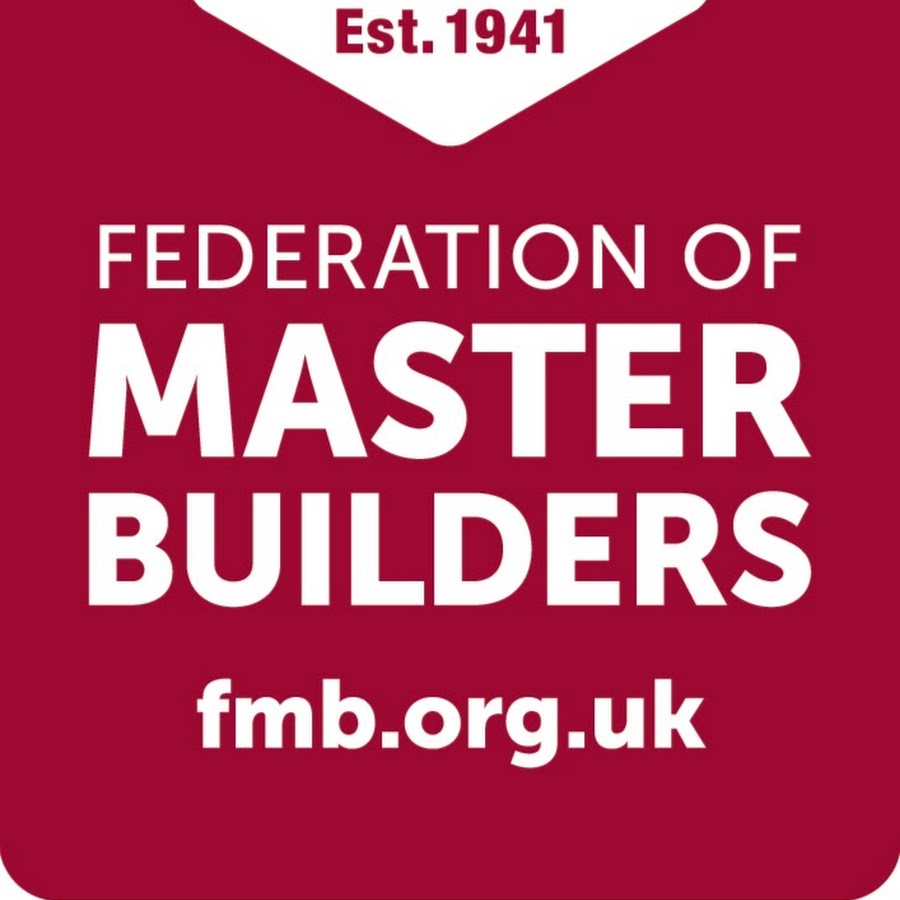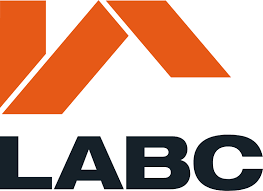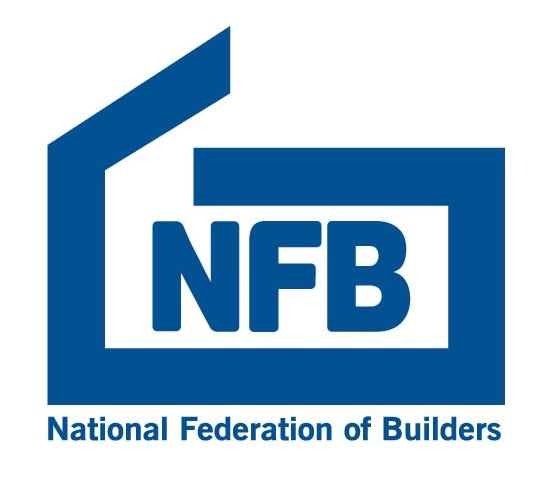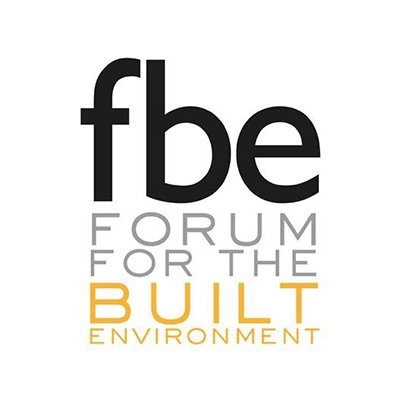The latest LeadersMeets survey of behaviours around collaboration in construction shows that our level of trust was rated no better than 5/10. So, this month Martyn Jones asks us to ponder whether a community-based approach is an effective way for us to build more trust.
The proponents of community-based approaches argue that we are social animals who function more effectively within a social system that is larger than ourselves and which binds us together for the greater good.
It means caring about our work, our colleagues, those we serve, the quality of our products and services, our partners, and our place in the world – geographic and otherwise. And in turn being inspired by this caring.
A community can be created where talented people are loyal to one another and their collective work, where everyone feels that they are part of something extraordinary, and their passion and accomplishments make their community a magnet for talented people. Surely something to bear in mind given construction’s inability to attract enough talented people.
So, what’s “communityship” then? Management guru Henry Mintzberg defines it as combining community with leadership. He sees it as occupying a pivotal position between individual leadership on the one hand and collective ‘citizenship’ on the other.
He goes on to explain that communityship needs leadership, but not the egocentric, heroic, exploitive form that has become so prevalent in the business world. It requires a more diffident form of leadership that might be called engaged and distributed leadership, exercised by committed community leaders, who are personally engaged in order to engage others in exercising their initiative.
Mintzberg considers Kotter’s top-down, eight steps for transformational change to be inappropriate in this approach and rejects the notion that organisations should be rebuilt from the top down or even the bottom up. Rather, community-oriented leaders need to see themselves as being in the
centre, reaching out rather than down. Being facilitators of change and recognizing that much of the change must be driven by others as they determine for themselves what transformation is needed.
How do we start rebuilding trust in construction using a community approach? How do we get from organisations as collections of human resources to communities of human beings? How do we transition from heroic leadership to engaged and connected management?
First, stop the practices that have undermined the trust of our clients and suppliers, and also our trust in each other. Only by acknowledging the causes of our measly 5/10 score for trust can we fix the problem. It means shedding much of their individualist behaviour and many of our short-term, self-serving practices in favour of those that promote engagement, collaboration, and trust.
As this needs to be developed from the middle out it is probably best undertaken by small groups of committed managers as they can be more effective than overbearing leadership or individual training in creating strong communities.
The greater sense of community can take root as the managers in these groups reflect on their shared experiences in their organisation. Using purpose and values they can ‘think beyond where we are now’, finding the time and space for reflection and contemplation on what is best for the end users of our products and services, commissioning clients, suppliers, and the wider communities we serve.
The insights generated by these reflections can trigger small initiatives that may develop into big strategies. In this approach, our organisations can learn their way into a new culture with more gratifying strategies based on the small ventures that emerge from the initiatives.
As these pioneering teams seek out and shape the transformations that they think are needed, they become examples for other groups in spreading communityship. With the encouragement and support of senior leadership, such approaches can become contagious, particularly when it is realised just how much more our organisations can gain from constructive engagement with the communities we serve.
A key indicator of progress to communityship is when the members of our organisations reach out in socially active, responsible, and mutually beneficial ways taking their culture and obligations beyond their boundaries – in our case, out into project teams, supply chains, and the wider environment.
And given the role of the built environment in adding social and economic value, we have immense opportunities to build communities and exercise communityship.
For example, our more enlightened clients – particularly those that are close to the long-term needs of the communities they serve – already recognise the importance of building a sense of belonging and community in their development projects. Not only within the community of end users and other stakeholders, but also embracing their external design and construction teams.
Our more enlightened main contractors already view their key suppliers as part of their community too recognising that longer-term, mutually beneficial relationships lead to connection and empathy, factors that create the conditions for positive and lasting project outcomes for all.
Communityship can offer construction a way to build communities and rebuild trust based on an intelligent combination of leadership, communityship and citizenship. As Mintzberg argues, what we need is a balance with these forces working together in a socially responsible way.
















